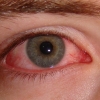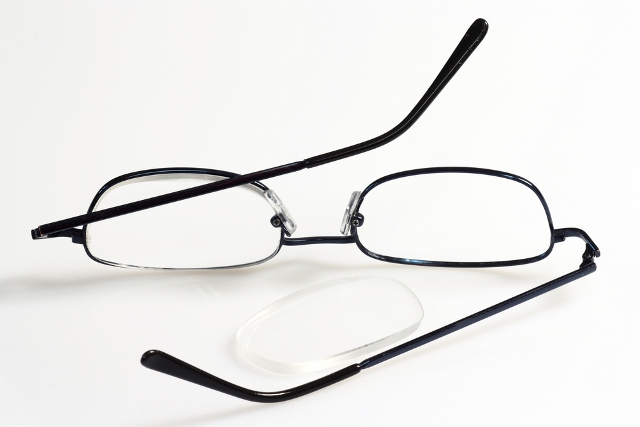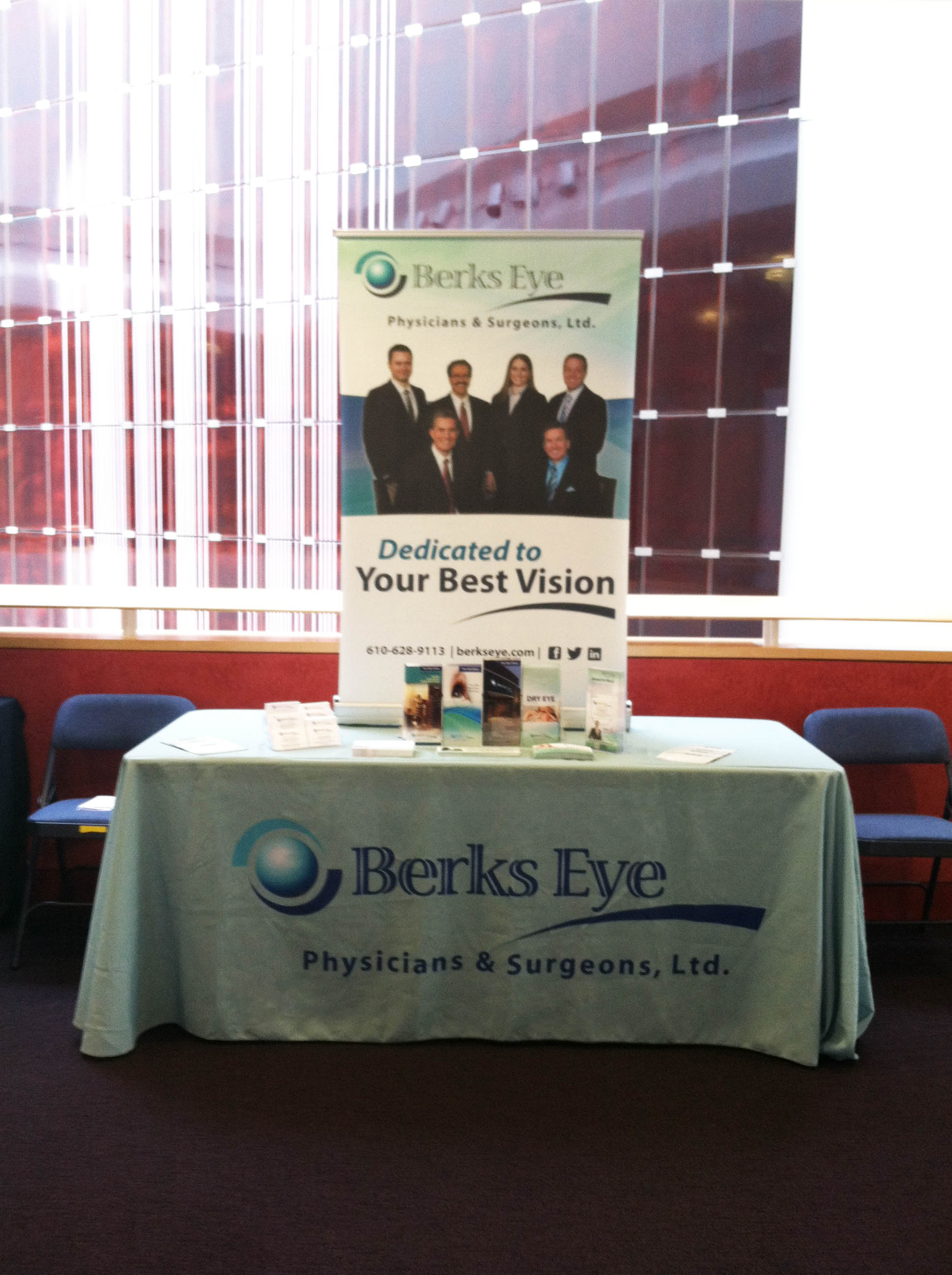 “Pink eye”, or conjunctivitis, is condition that has likely impacted us all at one point or another but still holds a level of mystery for many. What are its causes and treatments? First, let’s understand what is meant by the words “pink eye”. In case you haven’t yet experienced it, when you have pink eye, your eye becomes pink or red because it’s irritated or inflamed. We all have a thin membrane that covers the inside of our eyelids and the whites of our eyes – it’s called the conjunctiva. When it becomes inflamed or irritated, we have a case of conjunctivitis.
“Pink eye”, or conjunctivitis, is condition that has likely impacted us all at one point or another but still holds a level of mystery for many. What are its causes and treatments? First, let’s understand what is meant by the words “pink eye”. In case you haven’t yet experienced it, when you have pink eye, your eye becomes pink or red because it’s irritated or inflamed. We all have a thin membrane that covers the inside of our eyelids and the whites of our eyes – it’s called the conjunctiva. When it becomes inflamed or irritated, we have a case of conjunctivitis.
There are a lot of non-infectious agents that can be irritating and cause our eye to get pink. If we’re allergic to pollen or pet dander, that can give us a type of pink eye. Sometimes the chlorine in pools will do the same. We can also pick up a bacterial or viral infection that results in pink eye and is infectious, easily spreading person to person.
Viral conjunctivitis is by far the most common, especially in adults. This form of pink eye is highly contagious, can accompany a flu or upper respiratory infection, and has typical symptoms of tearing and discomfort. It usually infects one eye first and then spreads to the other. There are no standard treatments for viral pink eye other than letting the virus take its course. Artificial tears may help your eyes feel more comfortable but do nothing to speed the recovery.
Bacterial conjunctivitis is typically seen in children, although the exact rates of incidence are difficult measure. This form of pink eye involves a lot of mucous-like discharge and is also contagious. This is the only form of pink eye that will respond to antibiotic drop treatment, thus shortening the course of infection. However, even if left untreated, the condition will resolve on its own in about a week.
Allergic conjunctivitis is easier to diagnose as people are generally aware of environmental allergies they may have, be it seasonal, animals, or otherwise. Because the offending cause is in the air, this form will affect both eyes simultaneously. Itching, tearing, swelling of the lids are typical symptoms of allergic pink eye. Treatment is based on the severity of the eyes’ reaction. Avoidance of the affecting agent is the easiest treatment but in a time where that is not practical there a number of very effective allergy eye drops available to reduce or eliminate the symptoms involved.
There are of course exceptions to any rule but the best way to tell which cause is the culprit is to have your eye care specialist inspect your eyes. Also, other serious eye conditions can mimic conjunctivitis, so anyone who complains of severe pain, changes in eyesight, swelling around the eyes, or sensitivity to light should be examined. If the pink eye does not improve after 2 to 3 days of treatment, or after a week when left untreated, call your doctor. If your child has pink eye and starts to develop increased swelling, redness, and tenderness in the eyelids and around the eye, along with a fever, call your eye care specialist. Those symptoms may mean the infection has started to spread beyond the conjunctiva and will require additional treatment.
Pink eye has very real social and economic impacts as well. While there are no universal guidelines regarding school exclusion for conjunctivitis, many schools will not allow children to return to school until they have been on antibiotics for some period of time, most typically 24 hours, or their infection has cleared. The American Academy of Pediatrics states that children with viral or bacterial conjunctivitis should be allowed to remain in school once any indicated therapy is started unless limiting contact with other children is not possible. Therefore, young children, whose play behavior inherently requires touching and sharing toys, should be excluded from school per this recommendation. For parents, the advantage of initiating antibiotic drops is that the child may then return to school; however, the danger here is that, if it is a viral illness, the antibiotics are not actually doing any good and it can continue to spread.
To simplify: if you’re an adult, it’s probably viral and there is no specific treatment; if you’re a child it is also likely viral but can also be due to a bacteria in some cases with the difference typically lying in the primary symptom (tearing=viral and mucous discharge=bacterial); and if your eyes itch more than anything it is likely allergic. One of the best methods of disease prevention (and not just pink eye) is to keep your hands clean and to limit touching your nose, eyes, or mouth. Also, remember not to share any items that have been near an infected person’s eye, such as pillowcases, towels, or makeup. Regardless of the cause of pink eye, knowing what to do and what to expect can lessen the impact of this condition. And if you are yet to experience it, those days are numbered.
J. Mark Snyder, O.D.

 1802 Paper Mill Road, Wyomissing, PA 19610
1802 Paper Mill Road, Wyomissing, PA 19610




 “Pink eye”, or conjunctivitis, is condition that has likely impacted us all at one point or another but still holds a level of mystery for many. What are its causes and treatments? First, let’s understand what is meant by the words “pink eye”. In case you haven’t yet experienced it, when you have pink eye, your eye becomes pink or red because it’s irritated or inflamed. We all have a thin membrane that covers the inside of our eyelids and the whites of our eyes – it’s called the conjunctiva. When it becomes inflamed or irritated, we have a case of conjunctivitis.
“Pink eye”, or conjunctivitis, is condition that has likely impacted us all at one point or another but still holds a level of mystery for many. What are its causes and treatments? First, let’s understand what is meant by the words “pink eye”. In case you haven’t yet experienced it, when you have pink eye, your eye becomes pink or red because it’s irritated or inflamed. We all have a thin membrane that covers the inside of our eyelids and the whites of our eyes – it’s called the conjunctiva. When it becomes inflamed or irritated, we have a case of conjunctivitis.